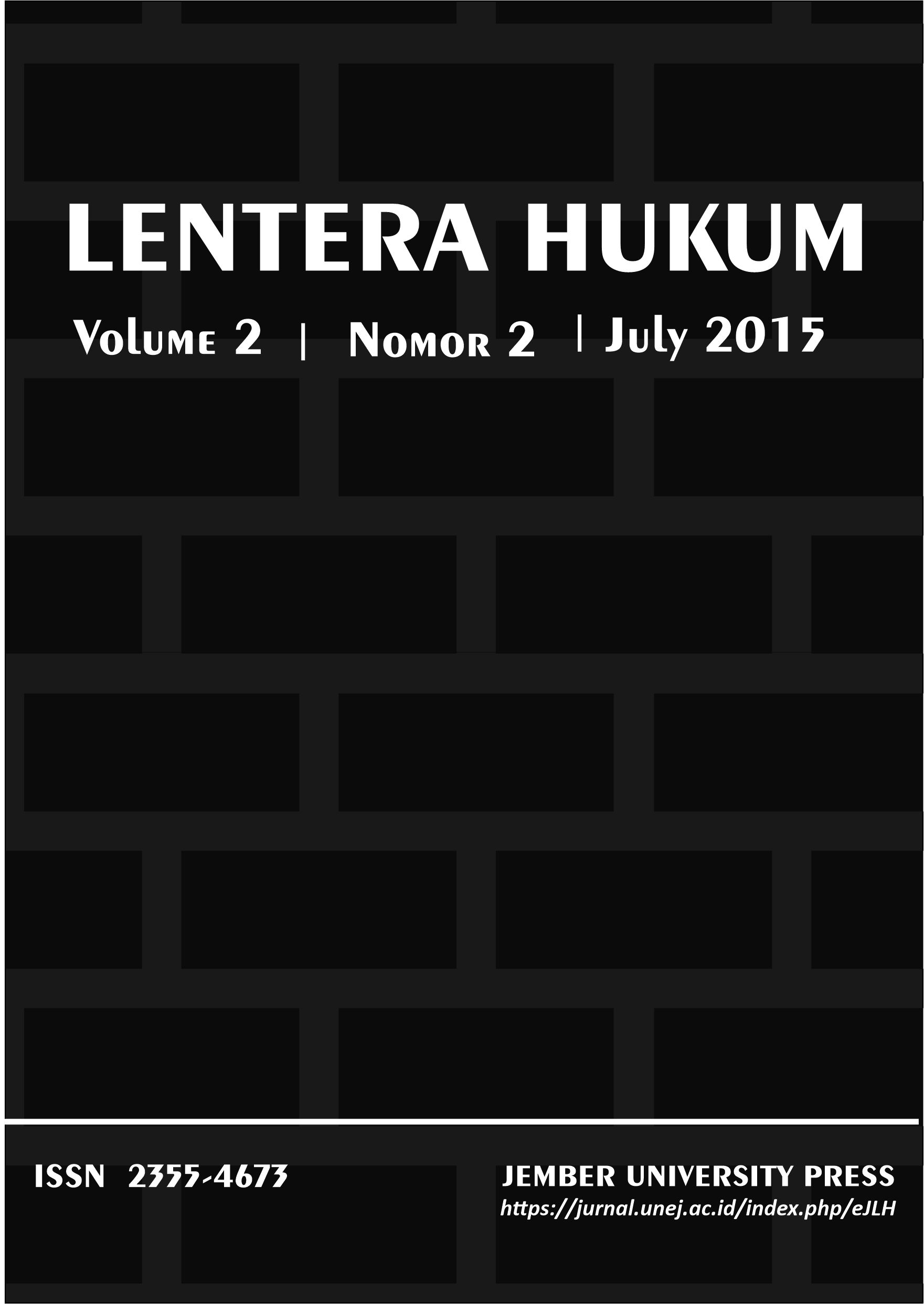Penguasaan Tanah di Kawasan Sempadan Pantai dan Wilayah Pesisir
DOI:
https://doi.org/10.19184/ejlh.v2i2.20300Abstract
Indonesia has large coastal areas that relatively rich in its resources. That’s why the coastal areas including the seashore boundaries are used to define the public interest, industry, tourism, settlements, even the privatization of beaches that brings damage either. Even more, according to the rules about seashore boundaries, it should be free from building settlements. It can make obscurity occupation causes there is no legal certainty for the people who live there. Therefore, it necessary the specific regulation about the occupation of the seashore boundaries include regulation about ownership, occupation, and maintenance. So, it will be arranged systematically. This article examines the regulation and how to do the protection as well as the management of the seashore boundaries and the coastal areas. Based on the study of literature, in practice, the rules of the seashore boundaries and coastal areas are regulated by Law No. 1 the Year 2014 about Changes to the Act No. 27 of the year 2007 about the management of Coastal Areas and The Small Islands. And also arranged by the Presidential Regulation Number 51 the Year 2014 about The Seashore Boundaries. Coastal areas management includes planning activities, utilization, supervision, and control of coastal resources. Whereas, the protection of the seashore boundaries includes prohibition, monitoring, control, also a determination of the boundary limits of the beach to retain its function as a local protection area. This article concludes with suggestions that are maintaining the existence of the seashore boundaries to protect the coastal areas.
KEYWORDS: Land Occupation, Seashore Boundaries, Coastal Areas.
Downloads
References
Waskito dan Hadi Arnowo. Pertanahan, Agraria, dan Tata Ruang. Ed. 1. (Jakarta: Kencana, 2017).
Wahana Lingkungan Indonesia. "Hentikan Privatisasi Pesisir di NTT, Perluas Wilayah Kelola Rakyat", online <https://walhi.or.id/hentikan-privatisasi-pesisir-di-ntt-perluas-wilayah-kelola-rakyat/>.
Yosua, Suhanan. Hak Atas Tanah Timbul (Aanslibbing) dalam Sistem Hukum Pertanahan Indonesia. (Jakarta: Restu Agung, 2010).



